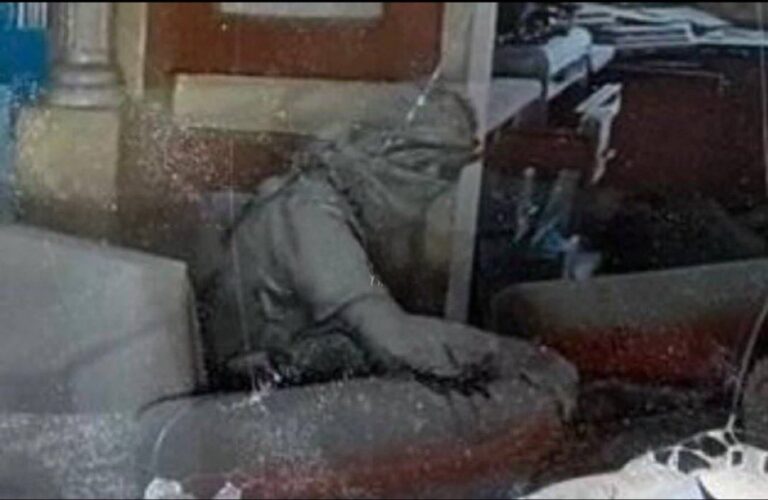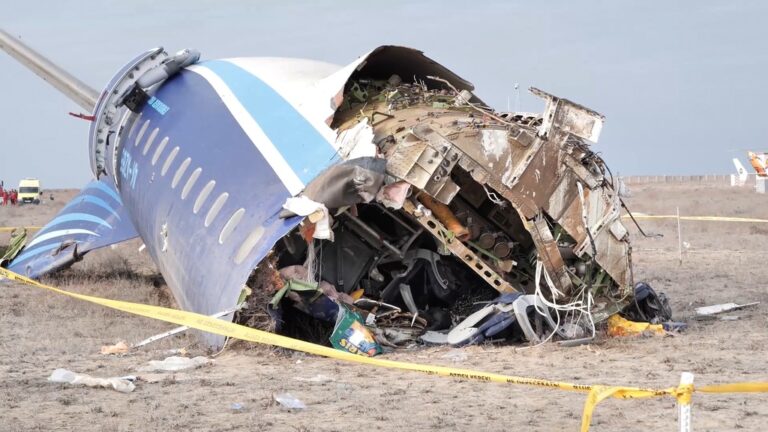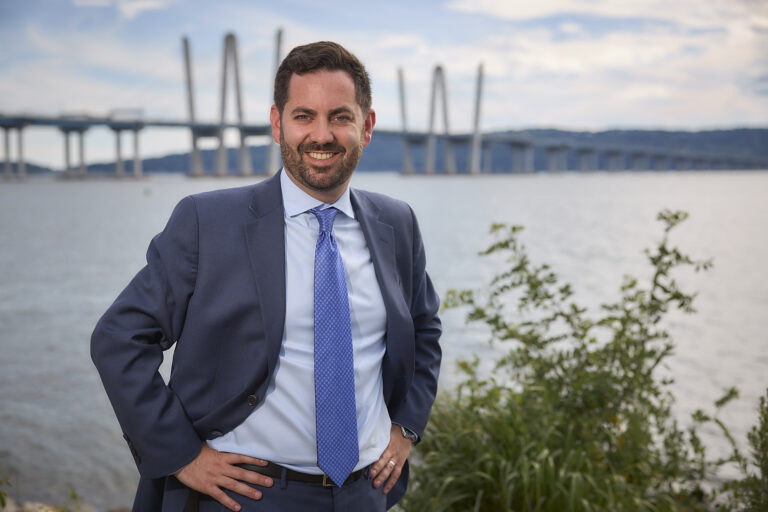 The recovery from the Great Recession has been one of the longest expansions in American history. Now, the stewards of the nation’s economy are starting to grapple with what happens once it ends.
The recovery from the Great Recession has been one of the longest expansions in American history. Now, the stewards of the nation’s economy are starting to grapple with what happens once it ends.
The Federal Reserve pushed the limits of its powers to rescue the economy from the devastating 2008 financial crisis – and many of its most dramatic measures remain in place. It still holds roughly $4.5 trillion in government bonds that it bought to prop up the recovery. Its influential interest rate is barely above zero.
That means the Fed could enter the next economic slowdown with its foot already firmly on the gas. As top central-bank officials cloistered in the mountains here last week for an annual closed-door gathering with policymakers from around the world, they tried to envision what more they could do.
“The Fed is in a bit of a spot,” said Glenn Hubbard, dean of Columbia University’s business school and a former adviser to President George W. Bush. “We’re just at the outer boundary. I’m not saying that in some philosophical or moral sense. It’s a practical sense. It’s not going to work.”
When the global financial crisis struck in 2008, the Fed had to get creative. Typically, it counteracts an economic downturn by lowering the interest rate that banks charge to lend to each other overnight. That helps reduce the cost of borrowing money for everything from buying a house to building a factory, stimulating the economy.
In December 2008, the central bank slashed its benchmark rate to zero for the first time in history. When that wasn’t enough, it promised to keep it there until the recovery strengthened, and officials have raised rates only once since then. The Fed also pumped trillions of dollars into the economy by purchasing long-term government bonds and mortgage-backed securities to reduce long-term interest rates, which remain near record-low levels.
In a speech here on Friday, Fed Chair Janet L. Yellen said the central bank will probably redeploy those measures when recession strikes again, an acknowledgement that the unconventional policies of the crisis have now become the norm. A new Fed analysis determined that the central bank’s current toolkit would be enough unless the economic contraction was “unusually severe and persistent.”
“I believe that monetary policy will, under most conditions, be able to respond effectively,” she said.
But the economic elite gathered here questioned whether central banks will be forced to turn to even more unorthodox tools, especially if a recession arrives soon. In three days of meetings hosted by the Kansas City Fed, discussion ranged from theoretical exercises such as eliminating paper money to technical changes in the plumbing of the financial system. Once a fanciful theory, negative interest rates have become reality in Europe and Japan.
Yellen has played down the possibility of introducing negative rates, in which lenders pay borrowers, in the United States. But in an interview, Benoit Coeure, an executive board member of the European Central Bank, argued that the measure has been a success on the continent. The ECB ventured into negative territory in 2014, and he said it has been a critical component of a massive stimulus that includes bank lending facilities and asset purchases aimed at preventing the European economy from falling into a deflationary spiral. And at the meeting here, he left open the possibility of taking negative rates even lower.
“It’s a lot about changing markets’ perception and expectation,” he said. “You’ve got nothing to lose by being forceful.”
The debate over whether central banks are out of ammunition is gaining urgency. Despite years of stimulus, advanced economies around the world are struggling with inflation that is too low and growth that consistently disappoints. At the Fed, officials are coming to believe that the country’s rate of expansion will be permanently lower than it was during the relative stability and prosperity of the 1990s and early 2000s. Recent data shows the expansion grew at an annual rate of just under 1 percent during the first half of the year – enough to keep the recovery going but still a lackluster performance.
Such low growth leaves the economy more vulnerable to turbulence that could knock it off course. The federal government shutdown and debt-ceiling debates in Washington, recurring sovereign debt crises in Europe, fears of a slowdown in China and Britain’s surprise decision to abandon the European Union – all threatened to tip the country back into recession.
That has some policymakers questioning the fundamental framework that guides their decisions. In the United States, the Fed has set a target of 2 percent inflation, but some economists have argued the central bank should raise it to 4 percent – or set a different goal entirely. St. Louis Fed President James Bullard recently stopped providing forecasts that look beyond the next few years, arguing that only the dynamics that are shaping the economy now can actually be identified.
“We want to break down this idea that we’re really certain of where the economy is going in the long run,” he said in an interview.
Even as officials debated the extent of their powers, they expressed frustration that the burden of supporting the economy has been placed largely on their shoulders in recent years. Only government policies to support education, encourage investment and reduce regulation can raise the ceiling on economic growth, they argued.
“I think central banks have to be very careful not to overreach,” said Peter Blair Henry, dean of New York University’s Stern School of Business. “Central banks are really very limited.”
(c) 2016, The Washington Post · Ylan Q. Mui











One Response
They no nothing but get humongous salaries.